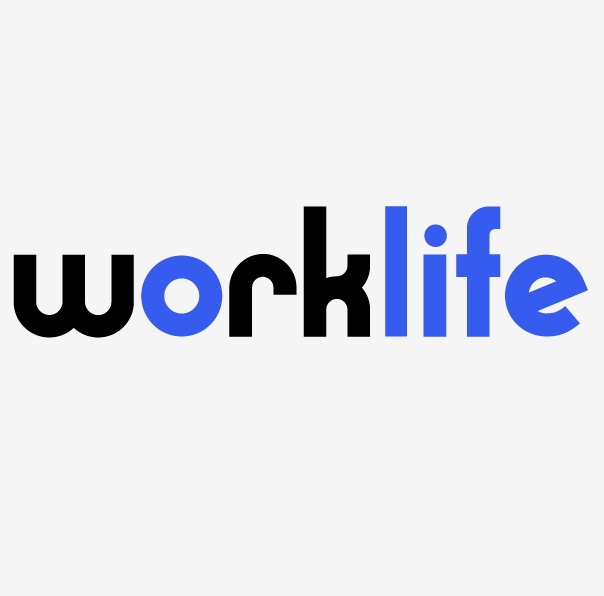The federal Family and Medical Leave Act (“FMLA”) has been around for 22 years yet it receives more attention now than ever before. Employees are using FMLA more; employers are seeking more legal advice on the law, and alleged violations of the law have been steadily rising.
In 2012, the United States Department of Labor (“USDOL”) conducted a Worksite Survey of 1,812 worksites and questioned close to 3,000 employees regarding FMLA. The survey results were updated in April 2014. Among the more interesting results: 71% of the employees at worksites covered by FMLA heard of FMLA, 16% of eligible employees had used FMLA, and most of the surveyed employees believed they have broader rights than the law actually provides.
The survey’s most alarming finding was that almost 30% of the participating companies did not know whether they were a “Covered Entity” or if their employees were eligible for FMLA. Because 59% of the nearly 3,000 workers surveyed were in fact eligible for leave, there is a significant potential for error by employers – resulting in FMLA exposure – when those workers are denied coverage by employers who do not know any better.
Among those companies that did know that FMLA applied, the survey revealed a concerning degree of misunderstanding of the law’s basics. For example, many surveyed companies did not know that FMLA covers pregnancy and the care of a newborn, allows time off for adoptions, and covers the care of a seriously ill family member. Considering that the law has been in force for over 20 years, the fact that any FMLA-obligated employers did not know of these regularly used features of the statute is surprising.
Despite such a high percentage of employers not even knowing if FMLA applied, there have been relatively few FMLA lawsuits in the many years of the law’s existence.. In 2012, for instance, employees filed 291 FMLA lawsuits against employers. However, there has been a sharp up-tick in such litigations; starting with 987 suits in 2013, and then 1,072 in 2014. This noteworthy surge is likely caused by a combination of more aggressive publicity by the USDOL regarding employee rights, the recently improved job market (emboldening employees to seek leave), and maybe just a new generation of employees who insist on a better work-life balance. No matter what the reason, to avoid facing an FMLA claim, employers must be better educated in not only the basic areas of the law’s coverage, but also the many intricacies of FMLA and its unique relationship to other laws, particularly the Americans with Disabilities Act (“ADA”).
The more frequent areas of confusion regarding FMLA, even among seasoned HR professionals, include:
-
Whether an employee must request FMLA leave or can an employer impose it;
-
What triggers FMLA and when is the right time to send an employee the Notice of Eligibility and Rights & Responsibilities document;
-
What is the relationship between FMLA leave, temporary disability and Workers’ Compensation benefits;
-
What is the interaction between FMLA and similar state laws; and
-
How explicit should an FMLA policy be and what should be included.
In most workplaces, these recurring issues are often resolved through a brief consultation with employment counsel.









